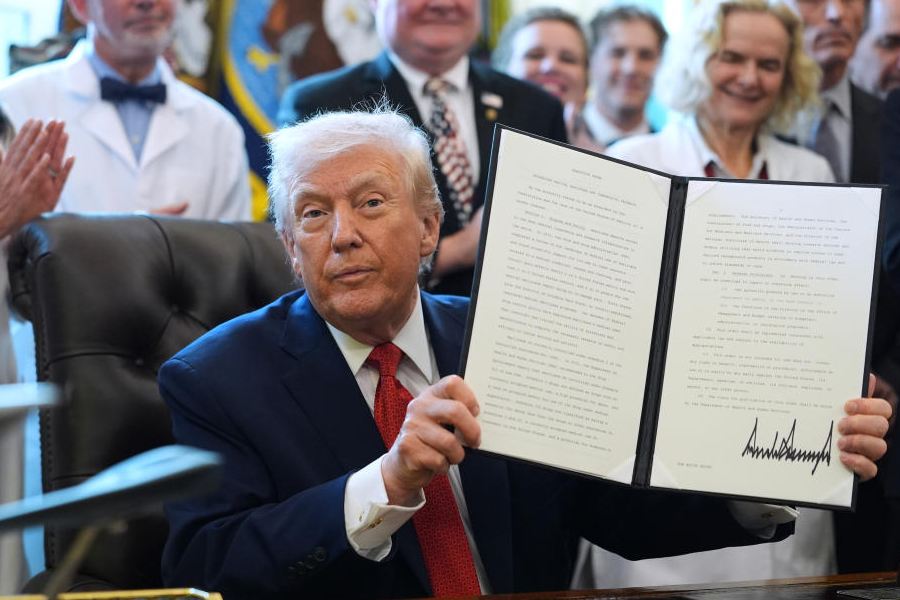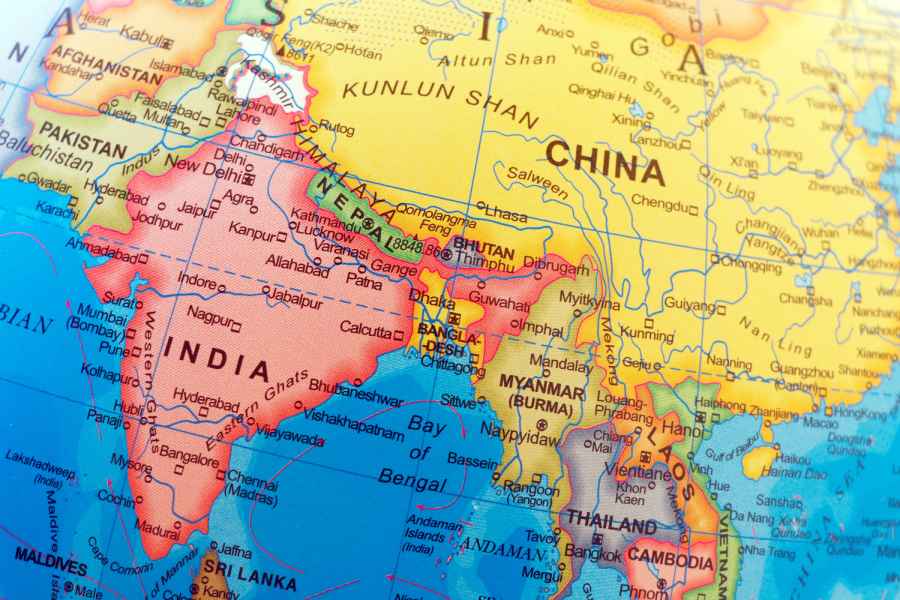What’s common between Jawaharlal Nehru and Atique Ahmad? In the answer to that question is the story of Phulpur, the Lok Sabha constituency that now encompasses the Phaphamau, Soraon, Allahabad West and Allahabad North Assembly seats and includes Allahabad University, the Accountant General’s office and the main city areas.
The first Prime Minister of India and the notorious Uttar Pradesh don both represented Phulpur in the Lok Sabha.
Nehru was elected from Phulpur thrice: 1952, 1957 and 1962. A veteran Congress leader said Nehru would address only two rallies, one in an urban area and the other in a rural area of the constituency. It was Nehru’s daughter Indira who would go door to door and hold street meetings everyday during campaigning. “In 1952, Indira had campaigned in Phulpur only. In 1957 and 1962, she was assigned to campaign for Nehru in Phulpur and for Lal Bahadur Shastri in Allahabad,” said Shyam Krishna Pandey, 78, adding that Indira used to have a team of leaders from Delhi to assist her but she would never take security personnel with her during day-long campaigning because she wanted people to mix freely with her.
There were others who once made Phulpur a constituency of stalwarts. Vijaya Lakshmi Pandit had won the 1964 bypoll from here after the death of Nehru. In 1967, she defeated Janeshwar Mishra of the Socialist Party. Mishra, who Mulayam Singh Yadav used to call “Chhote Lohia”, had finally won the seat in the 1969 bypoll as a Sanyukta Socialist Party nominee.
In 1971, Phulpur had also elected Vishwanath Pratap Singh, who became Prime Minister in 1989.
The residents of the constituency are aware of the contrast between the past and the present.
“It was the high-profile status of Phulpur that attracted socialist leader Ram Manohar Lohia to challenge Nehru in 1962,” said local resident Manohar Lal, 80. “Although Lohia lost, his, Nehru’s and Indira’s speeches on socialism, democracy and developmental plans used to be on the lips of the people. These leaders had enriched the minds of local people. Mulayam Singh Yadav and Mayawati undid all that by fielding criminals like Atique Ahmad (2004) and Kapil Muni Karwariya (2009). From quality politicians to goons, Phulpur was reduced from an attractive place to a den of criminals. Now any candidate needs their help to win from here.”
It’s a sentiment that Sanjay Kumar Patel, 28, who is unemployed, echoes at a tea stall near IFFCO factory.
“Even today we remember how Phulpur used to be the constituency of the first Prime Minister of India. But we know in our hearts that now hardcore criminals are dominating the political atmosphere here,” Sanjay said.
Suddenly, Sanjay became agitated.
“What did the Congress do in 50 years of its rule?” he asked, and then answered himself: “Nehru’s daughter Indira Gandhi gave us IFFCO in 1974 when she was Prime Minister. She did this because the constituency had an attachment with her father, for whom she used to campaign. At least one member of each family in Phulpur had got a job here. I want to ask Prime Minister Narendra Modi has he given any such industry to any constituency of India during five years of his rule? All he is doing is helping Japanese and Chinese mobile manufacturing companies to open their units in already developed big industrial cities.

Jawaharlal Nehru, who represented Phulpur in the Lok Sabha thrice. The Telegraph file picture
“There will be a smartphone in every hand and Team Modi will easily spread information-pollution to defame his rivals. Places like Phulpur don’t figure in his scheme of things,” said Sanjay, whose father is an IFFCO employee. “Modi claims it is his idea to produce neem-coated urea. But Phulpur IFFCO had started producing it in 2012, when Modi was not known here.”
So who will he vote for in this election?
“The Samajwadi Party-Bahujan Samaj Party alliance candidate (Pandhari Yadav) because he can defeat the BJP’s Keshri Devi Patel,” pat came the reply. “I would have voted for the Congress had it put up a strong candidate.”
The Congress has fielded Pankaj Niranjan.
“Maybe whatever he (Sanjay) is saying is true but the vote will go to Modiji in the interest of the nation,” said a man who was sitting in the tea stall and obviously listening in, Two others around this man nodded their agreement. Sanjay abruptly left the place.
The octogenarian Lal claimed the Modi wave, in which the BJP’s Keshav Prasad Maurya — the present Uttar Pradesh deputy chief minister — had won from here in 2014, has weakened if not vanished. In the bypoll last year, the BJP’s Kaushalendra Singh Patel was defeated by SP-BSP alliance’s Nagendra Pratap Singh Patel.
“Even though Modi is trying to ensure that the rashtrahit (national interest) rules the mind of the voters, the alliance candidate is a potential threat to his nominee,” Lal said.
Phulpur votes on May 12











